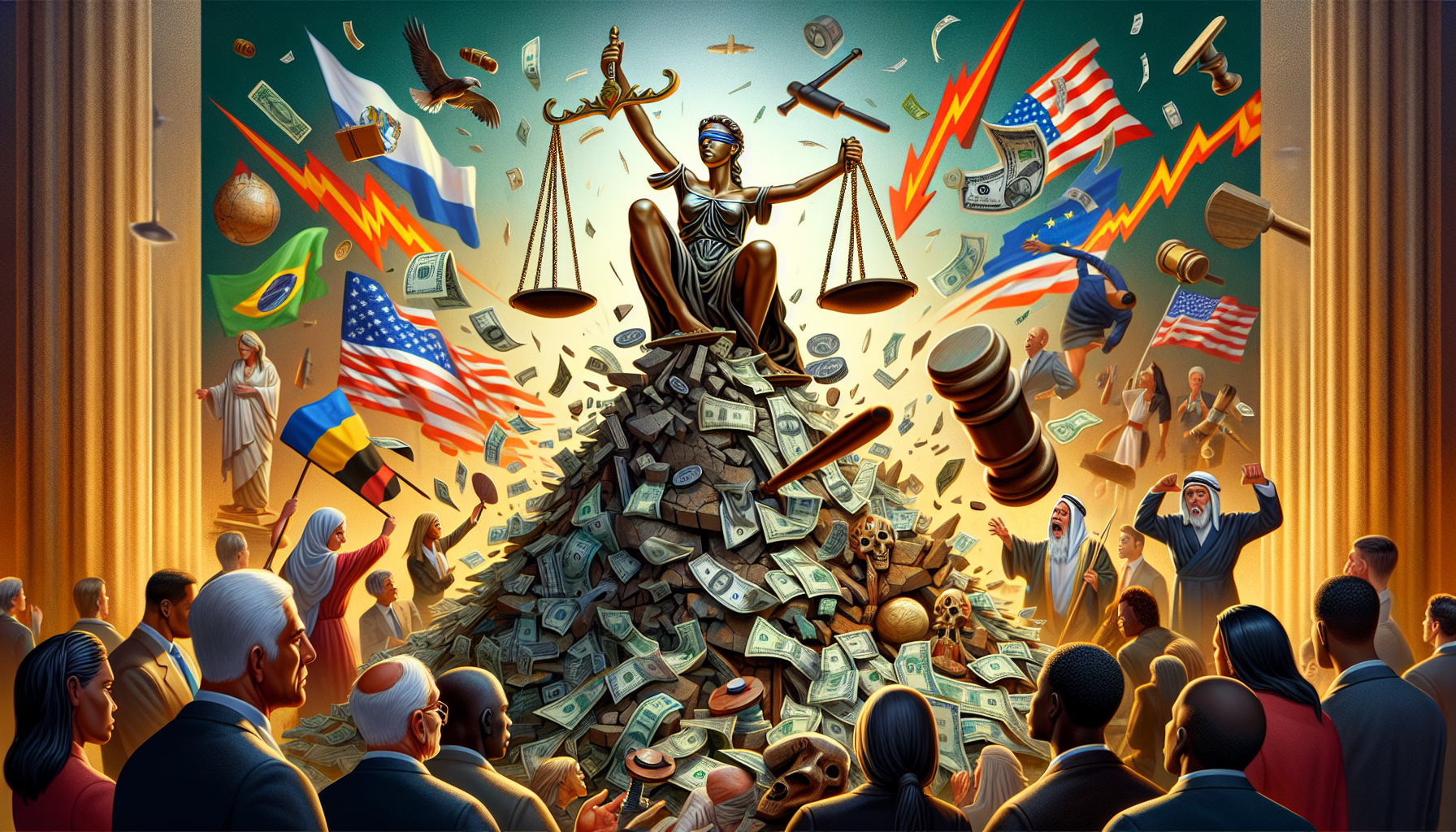
tl;dr
The U.S. government shutdown has escalated into a $15 billion weekly economic crisis, with experts warning of long-term damage as political deadlock deepens. Treasury Secretary Scott Bessent urges compromise, while Republicans and Democrats clash over funding, military pay, and social programs.
**U.S. Government Shutdown Costs Economy $15 Billion Weekly, as Political Deadlock Intensifies**
The ongoing U.S. government shutdown has escalated into a significant economic and political crisis, with Treasury Secretary Scott Bessent estimating the weekly cost to the economy at $15 billion. The figure, initially miscalculated as $15 billion daily, reflects the severe impact of the funding stalemate, which has persisted for over two weeks.
**Economic Toll of the Shutdown**
According to a report by the Council of Economic Advisers (CEA), a government shutdown occurs when Congress fails to pass appropriation bills or continuing resolutions by the fiscal year deadline on October 1. The CEA noted that such shutdowns reduce the U.S. quarterly GDP by 0.2 percentage points each week. Goldman Sachs corroborated this, estimating that the current shutdown could cost the economy approximately $15 billion weekly. This calculation is based on the 0.2% GDP impact applied to the current $30.4 trillion annual GDP, divided by four.
Bessent emphasized the growing urgency, stating, “We call on the moderate Democrats in the Senate to be heroes… because we are starting to cut into muscle here.” His remarks underscore the administration’s pressure on Democrats to compromise, as the shutdown risks deeper economic harm.
**Political Strategies and Partisan Gridlock**
The Trump administration is preparing for a prolonged shutdown, with House Speaker Mike Johnson suggesting it could become one of the longest in history. Johnson argued that the shutdown might shorten if Democrats accept a Republican-authored continuing resolution. However, Democrats have resisted, demanding concessions on healthcare, including the extension of Affordable Care Act tax credits set to expire in late 2025.
The political battle has also extended to military funding. The Trump administration is reallocating unused funds from research and development accounts to ensure military paychecks, a move criticized by Democrats as circumventing congressional oversight. Johnson defended the action, asserting the administration’s right to reallocate funds, while threatening legal challenges if Democrats oppose the effort.
**Social Programs and Fiscal Maneuvers**
Despite the shutdown, the administration plans to continue funding the Special Supplemental Nutrition Program for Women, Infants, and Children (WIC) using Section 32 tariff revenue. White House Press Secretary Karoline Leavitt highlighted this, noting the program serves 6 million participants monthly. However, the move has drawn criticism for prioritizing certain programs over others, deepening partisan tensions.
Senator Shelly Moore Capito warned that the shutdown could extend into November, potentially surpassing the 35-day record set in 2018-2019. She condemned the prolonged impasse, urging Democrats to prioritize reopening the government and engaging in negotiations.
**Economic and Social Consequences**
Goldman Sachs also estimated that a month-long shutdown could lead to 43,000 additional unemployed individuals. As the crisis drags on, the economic and social costs mount, with businesses, federal workers, and vulnerable populations bearing the brunt.
With no clear resolution in sight, the shutdown has become a focal point of the political divide, highlighting the challenges of governing in a deeply polarized Congress. The stakes remain high, as both sides weigh the economic fallout against their ideological priorities.